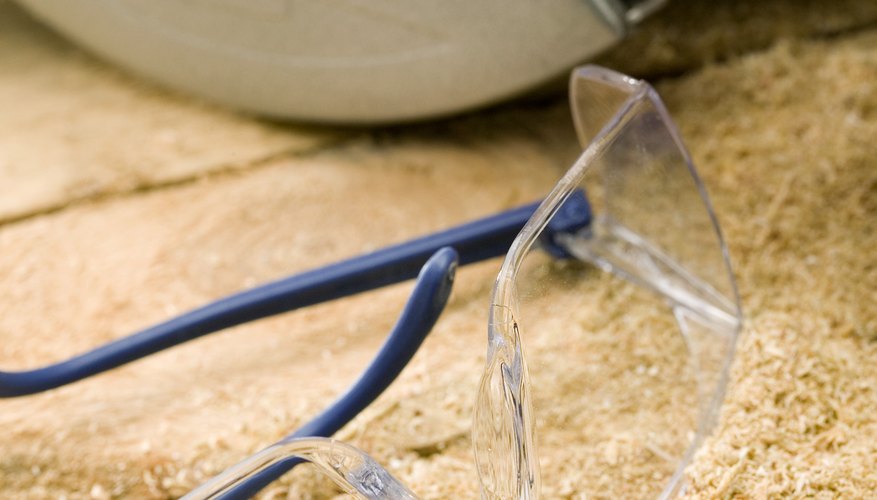Medium density fiberboard (MDF) is a man-made material typically used in construction of cabinets, shelves and wall units because of its strength, ease of machining and lack of a grain. MDF is commonly available at home centres with a white melamine panel laminated to it, available in a variety of thicknesses and sizes. Chipping the laminate is the most common problem during cutting, and it cannot be easily repaired. The use of sharp, carbide-tipped blades makes it much easier to cut MDF without chipping the laminate.
Table saw method
Install the laminate blade on your table saw, and adjust the height of the blade to approximately 2.5 cm (1/2 inch) higher than the MDF.
Clean the surface of the table saw to remove any foreign objects that could cause scratches in the laminate.
Support the laminate as required for safe table saw operation. Observe all safety precautions recommended by the saw manufacturer. Laminated MDF is capable of generating small wood and laminate chips, so eye protection is crucial.
- Install the laminate blade on your table saw, and adjust the height of the blade to approximately 2.5 cm (1/2 inch) higher than the MDF.
- Support the laminate as required for safe table saw operation.
Start the saw and feed the material slowly into the blade. Feed the material until the cut is completed.
Alternate methods
Although a table saw will give satisfactory results, the best results will be obtained with a router and a carbide straight flute bit. Cut the material slightly oversized, and then use the router to trim to size. You will want to use either a router table or a jig to assure a straight edge.
Laminated MDF can also be cut with either a circular saw or a jigsaw. If using either of these, score the laminate before cutting. Hold a metal straight edge against the cut line, and lightly run the utility knife blade over the line. Repeat this numerous times until the laminate is completely scored. This is a little bit tricky to accomplish without scratching the laminate surface, so use care and do not press excessively hard on any given pass with the utility knife.
- Although a table saw will give satisfactory results, the best results will be obtained with a router and a carbide straight flute bit.
- This is a little bit tricky to accomplish without scratching the laminate surface, so use care and do not press excessively hard on any given pass with the utility knife.
Insert a sharp carbide blade in your jigsaw or circular saw with at least 8 teeth per cm (20 teeth per inch -- TPI). Cut with the laminate side up, and move the saw very slowly.
TIP
MDF is a highly fibrous material and will quickly dull blades. Always use carbide blades, and use the sharpest blades available. More TPI on your saw blade will result in smoother cuts with less chance of chipping. Lower TPI blades will cut faster.
WARNING
Cutting of MDF products can release formaldehyde, a known irritant. Use proper precautions.
